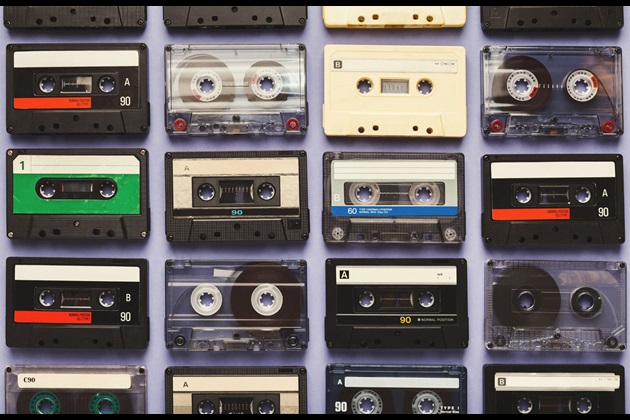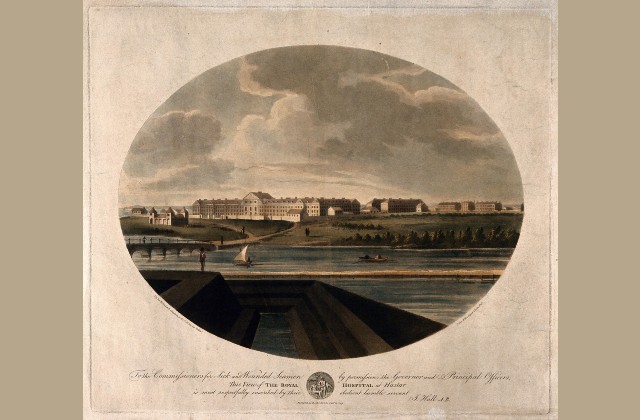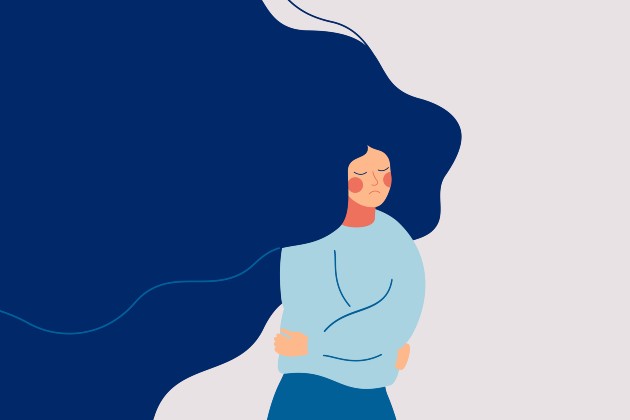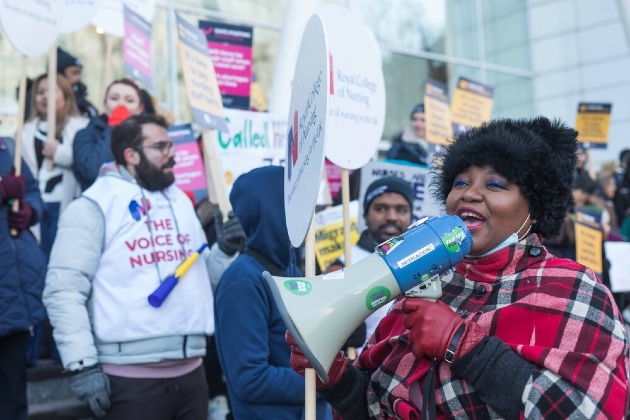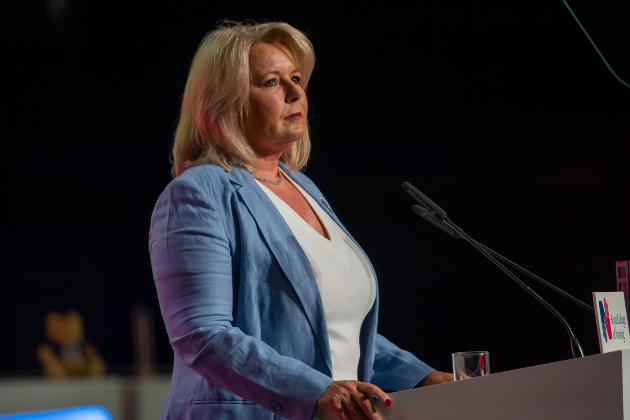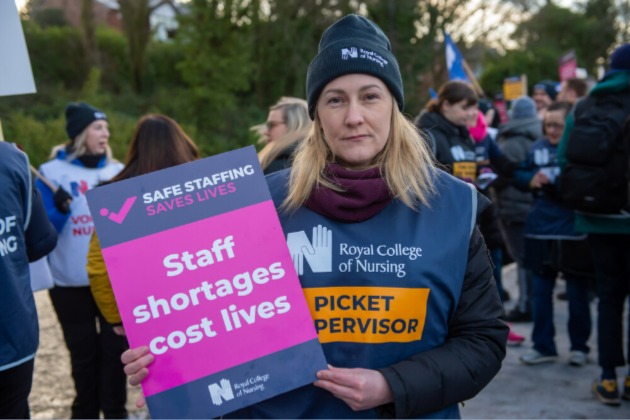Oral histories can connect us with the real lives of nurses through the ages. Nursing History Now Editor Dianne Yarwood takes us inside the RCN’s oral history collection and we discover how another project led to a sell-out book
The RCN archive holds more than 700 oral histories from nursing staff across the UK. Recorded over many years, they include memories of people’s time as students, ward sisters, community nurses, senior managers and chief nurses.
When these nurses were approached to share their memories, quite often they believed that their own lives had been uneventful. But our archive shows many of their stories are both amazing and informative.
Inside the RCN archive
In 2015 Sheila*, then aged 98, shared memories of the 1942 bombing raids in Birmingham. At night, she cared for casualties in the basement of a department store. “We had to wear our tin hats and wellingtons and carry our shoes and clothes for 24 hours. Matron stood at the nurse’s home door, shook our hands and said: ‘Good luck nurse’. You could look up in to the sky and see the German bombers in the searchlights. All the patients had to be moved to various hospitals by 9am so that the shop could be opened again.”
We had to wear our tin hats and wellingtons and carry our shoes and clothes for 24 hours
In 2014 Lucy*, then six months short of her 100th birthday, spoke about clinical trials relating to the introduction of penicillin at the Radcliffe Infirmary, Oxford, in 1940. “We put powdered penicillin into mastoid cavities… then had to save the urine to get the penicillin back because it was so precious. Later it was given by injection into the calf… it was very painful and given every three hours. Then, it was only used for the forces or in fever hospitals to treat puerperal fever.”
Amy* was born in 1930, qualified as an SRN in 1952, then worked as a staff nurse, ward sister and community nurse. In the 1950s, she worked on a plastic surgery unit where Harold Gillies, who developed facial reconstruction techniques during World War One, was still engaged in clinical practice.
Recording our fellows
Since 2018, we have been focussing on the oral histories of the RCN Fellows.
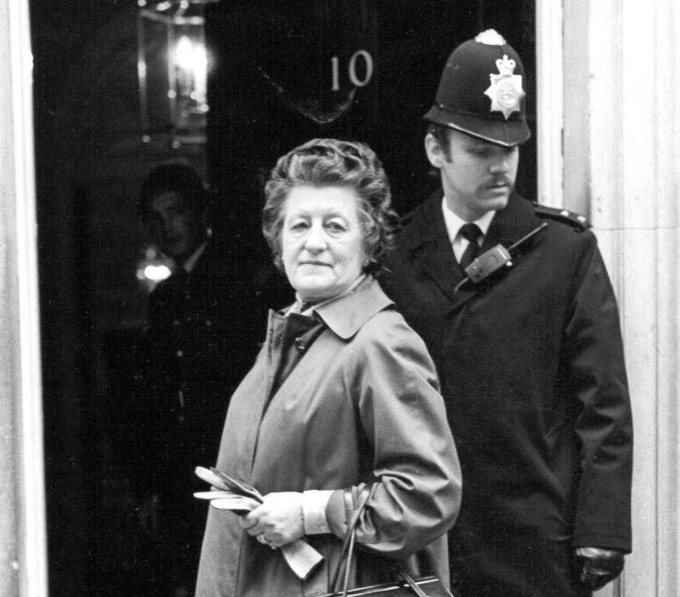 RCN Fellow Dame Catherine Hall attends a meeting at Downing Street
RCN Fellow Dame Catherine Hall attends a meeting at Downing Street
John* trained in the early 1970s and soon developed an interest in A&E: “In 1977 I was a charge nurse in A&E and we knew that the senior sister was soon retiring and assumed that the job would be advertised nationally, but it was only internal. I got the job. I began developing a range of new things for nurses in A&E and improving practice.” He was later awarded a Nightingale Scholarship to travel to Canada and the USA investigating nursing and paramedic practice.
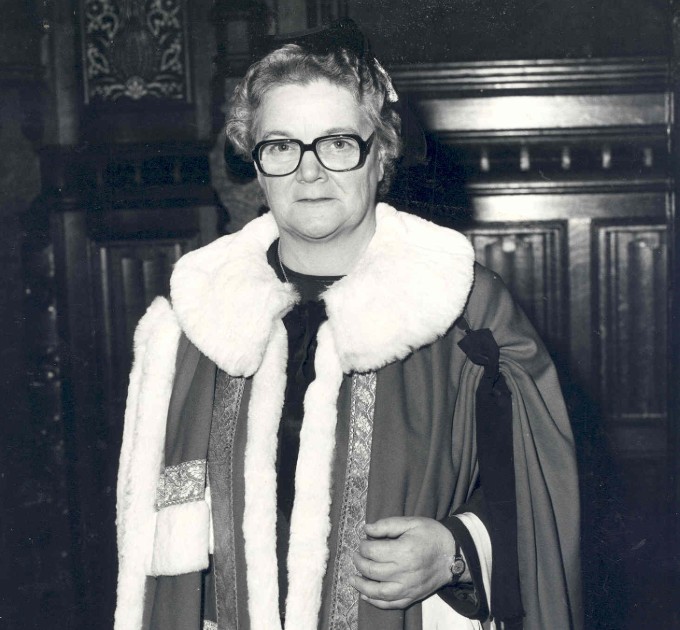 RCN Fellow Jean McFarlane
RCN Fellow Jean McFarlane
Carol* trained at The Royal London Hospital in the early 1960s: “From an early age I said I wanted to be a nurse. I loved my training and I loved the East End. In the 1990s I was chief nurse [in West London] and oversaw many changes [hospital re-build and closure]. I was at the Department of Health when the chief nurse for England left and was asked for advice on her replacement, and then asked to apply. In 2004 I was appointed, expecting to stay just two years up to retirement… but stayed eight years!”
Once the individuals who share their memories are gone, so is their history. Share and record your memories, and keep those certificates, letters of appointment, school of nursing brochures and photographs safe – they are a valuable resource.
Sue Boase from The Royal London Hospital League of Nurses charts the journey from oral history project to published book
Members of The Royal London Hospital League of Nurses had discussed the idea of an oral history project years before it commenced. But by October 2018, we had captured 87 oral histories and turned them into a book – Nursing Through the Years: Care and Compassion at The Royal London Hospital.
Prompted in part by the move into new premises, memories of life as it used to be became increasingly poignant for nurses who had trained and worked at the hospital over the years. Affectionately known as “The London”, it was first established in 1740 to serve the East End, initially supported entirely by voluntary donations.
We began interviewing nurses around five years ago, capturing oral histories spanning more than 70 years from nurses and ex-nurses ranging in age from 24 to 96 years of age.
Great care was taken to ensure confidentiality for each participant, with the name of each person replaced with a decade-appropriate pseudonym.
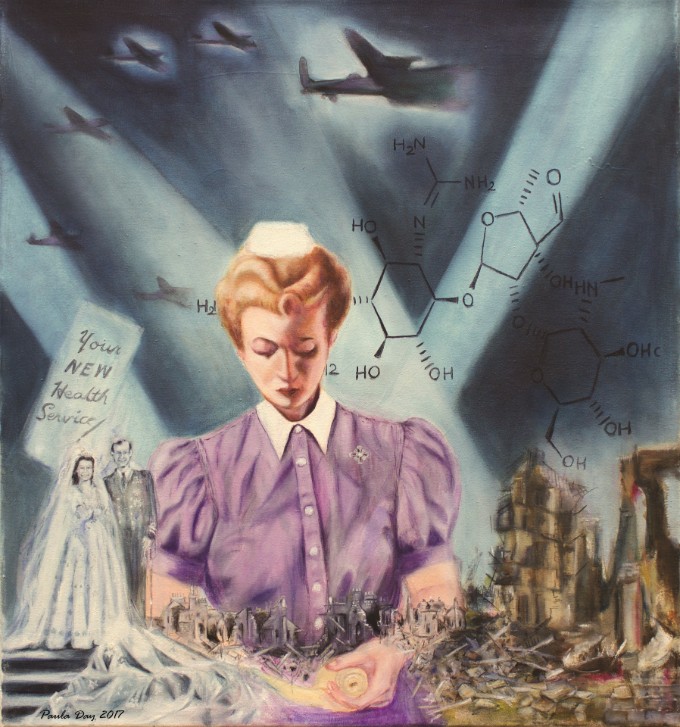
Four of the team volunteered to work on the transcribed histories. Each took interviews from one particular decade, and over two years the authors put forward their findings at regular meetings, gradually drafting each chapter.
We submitted a proposal and chapters to publishers Pen and Sword and were fortunate in finding a commissioning editor who saw the potential in our aim to share a part of history that might otherwise remain untold. Together, we planned to produce a book that would be both rigorous and readable, appealing to a wide audience.
It has been both fascinating and a privilege to work on this project. The paperback is now available and we hope it serves the purpose for which it was created: to capture an oral history that adds, in the words of Lewenson and Krohn Hermann, “balance to nursing history by using the experiences of ordinary nurses”.
Sue Boase, Loretta Bellman, Sarah Rogers and Barbara Stuchfield are the authors of Nursing Through the Years: Care and Compassion at The Royal London Hospital


